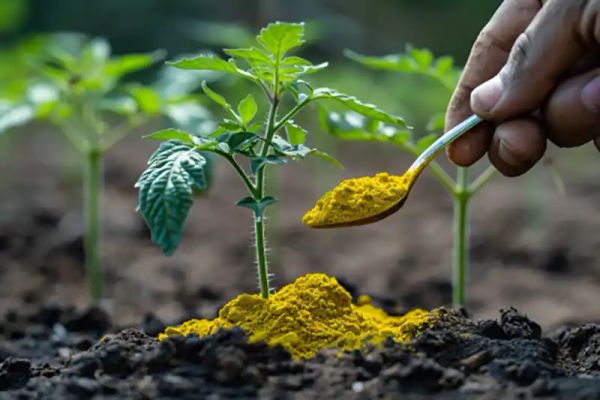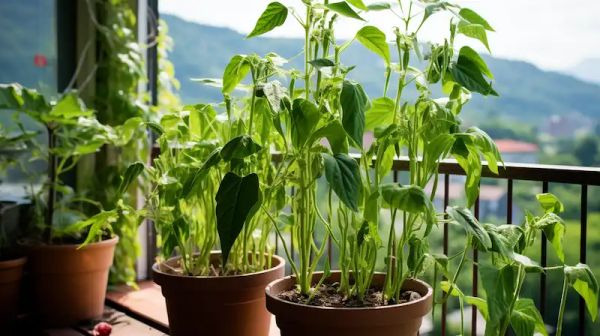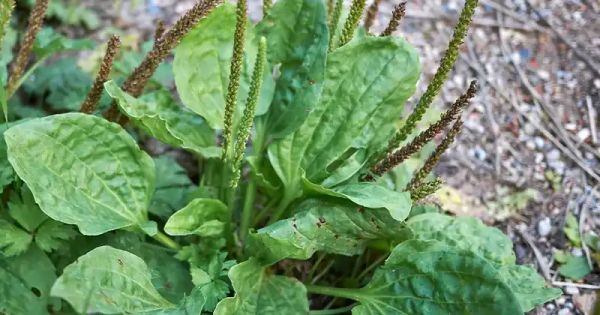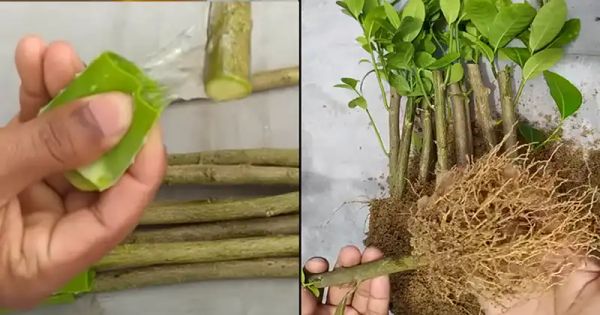
Guava trees (Psidium guajava) are renowned for their delicious fruit and are popularly grown in tropical and subtropical regions worldwide. While guava trees are typically propagated from seeds, cuttings, or air layering, there is an interesting and unconventional method that can be explored by gardening enthusiasts – growing guava trees from guava leaves. This article will provide you with a step-by-step guide on how to grow guava trees from guava leaves, making it an enjoyable experience for anyone interested in gardening.
What You’ll Need:
- Healthy guava leaves from a mature guava tree
- A clean, sharp knife or scissors
- Rooting hormone (optional)
- A pot with well-draining soil or a seedling tray
- Plastic bags or plastic wrap
- A warm and bright location with indirect sunlight
Step-by-Step Guide:
1. Selecting the Right Leaves:
To start, choose healthy and mature guava leaves from a vibrant guava tree. It is crucial to pick leaves that are free from any pests or diseases, as this can greatly affect the success of leaf propagation.
2. Preparing the Leaf Cuttings:
Using a clean, sharp knife or scissors, cut the guava leaves into sections, ensuring that each section includes a portion of the main vein. Each cutting should be approximately 4-6 inches long. If you have access to multiple healthy leaves, consider taking multiple cuttings to increase the chances of success.
3. Enhancing Root Development (Optional):
Although not necessary, using a rooting hormone can enhance the chances of successful root development. Should you choose to use a rooting hormone, dip the cut end of each leaf cutting into the hormone following the manufacturer’s instructions.
4. Planting the Cuttings:
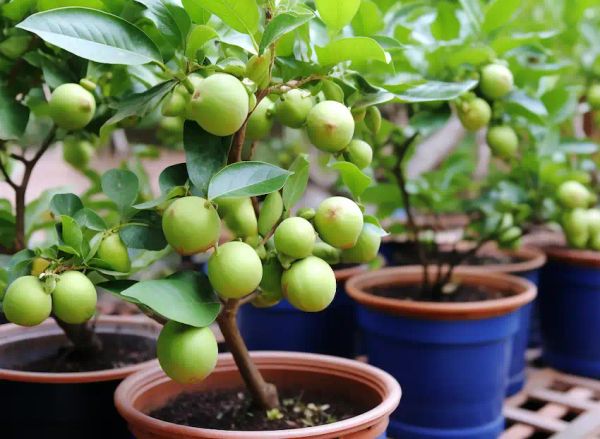
Plant the prepared leaf cuttings in a pot with well-draining potting mix or soil. Plant them horizontally with the cut end partially buried in the soil. You can place multiple cuttings in the same pot or tray, ensuring they are spaced a few inches apart.
5. Creating a Mini Greenhouse:
Cover the pot or seedling tray with a clear plastic bag or plastic wrap to create a mini greenhouse effect. This helps maintain the humidity around the leaf cuttings, which is beneficial for rooting.
6. Providing Optimal Care:
Place the pot or tray in a warm location with bright, indirect sunlight. Keep the soil consistently moist by lightly misting the cuttings or watering them as needed. Remember to maintain the soil moisture without overwatering.
7. Practicing Patience:
Root development can take time, varying from several weeks to several months. It is important to be patient and continue caring for the cuttings during this period. Monitoring the humidity level within the plastic enclosure is essential as it should remain relatively high.
8. Transplanting the Young Plants:
Once the leaf cuttings have developed a healthy root system and grown into small plants, it is time to transplant them into larger pots or directly into the garden. Ensure that they receive sufficient sunlight and water as they continue to grow.
Helpful Tips and Considerations:
- Not all guava leaves will successfully root and grow into new trees using this method. The success rate can vary.
- Certain guava varieties may be more suitable for leaf propagation than others. Some experimentation may be required to determine the best results.
- Be cautious not to overwater the leaf cuttings, as excessive moisture can lead to rot.
- Maintaining a warm and humid environment for the leaf cuttings during the rooting phase promotes successful propagation.
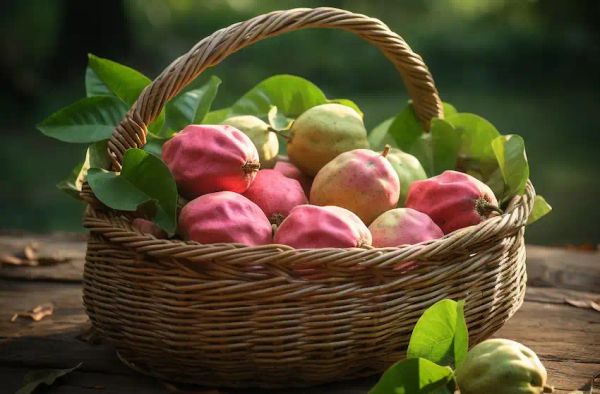
In conclusion, growing guava trees from guava leaves can be an interesting and educational gardening project. However, it is important to remember that success is not guaranteed and patience is key. For a higher success rate and more predictable results, many gardeners prefer to propagate guava trees from seeds or cuttings. Nevertheless, with the right care and attention, you may be able to enjoy the satisfaction of growing a guava tree from a leaf cutting.
